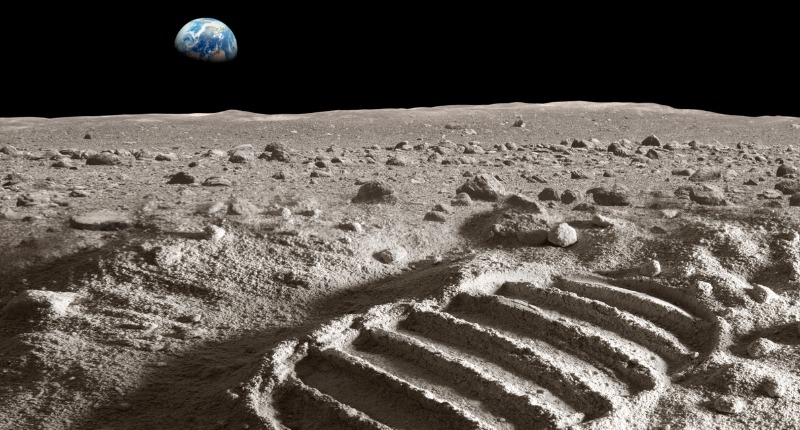China has been advancing in the space race, and big time. A group of Chinese scientists developed an experiment to test the sustainability of life on the moon, a concept that has haunted our imagination for half a century now. It seems that we are closer to it not being a dream, but reality, even though it is unlikely that some breakthrough will happen soon.
The team developed an experiment that would allow life to be sustained long-term on the Moon. As the Independent reports, Liu Hanlong, one of the lead scientists in the group shared: “We have given consideration to future survival in space. Learning about these plants’ growth in a low-gravity environment would allow us to lay the foundation for our future establishment of space base.”
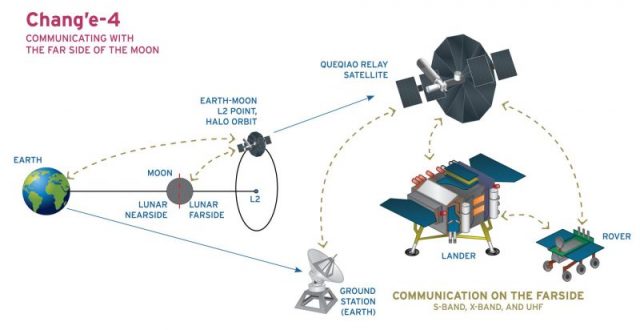
Additionally, the experiment could be the first step towards a way to grow food on board on lengthy space journeys, which might enable future missions to explore continuously without returning to Earth.
Earlier this year China’s Chang’e-4 lander landed on the moon and managed to grow a cotton plant there. The seed was kept in an air tight canister filled with soil and supplied with air and water, all the necessary ingredients for the plant to sprout.
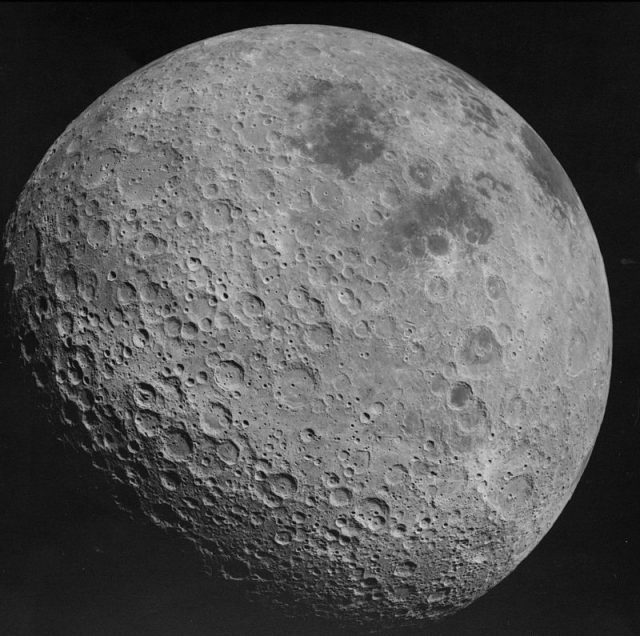
Besides cotton, potato, rapeseed, arabidopsis flowers, yeast and fruit fly eggs were included in the experiment. The container was designed to be a mini eco-system — a small garden that would allow for the most important ingredients supporting the possibility of life on the moon.
The rapeseed would be used for oil, cotton for manufacturing clothes and potatoes for food. The Chongqing University web-page explains: “The plants would generate oxygen and food for other living things to ‘consume’. The Drosophila melanogaster, as consumers, and yeast, as decomposers, would generate carbon dioxide by consuming oxygen for photosynthesis of plants. In addition, the yeast can decompose the waste of plants and Drosophila melanogaster and grow, and can also serve as the food of Drosophila melanogaster. With this circle, a mini biosphere comprising producers, consumers, and decomposers is formed.”

The mini biosphere was surveilled by two cameras and included a heat-control system. It also included a tube that redirected the light reflecting from the moon’s surface so that the plant could grow.
The cotton seeds sprouted very fast, making headlines as the first-ever plant to successfully grow in space, except for the flora on board ISS. However, ISS has relatively controlled conditions, unlike the cotton seedling in the Chinese lander.
The news was a dream come true to all people committed to deep-space exploration. This meant not only that life on the Moon could possibly be sustained but offered a possibility of colonizing Mars without the need to rely on Earth’s resources for survival.
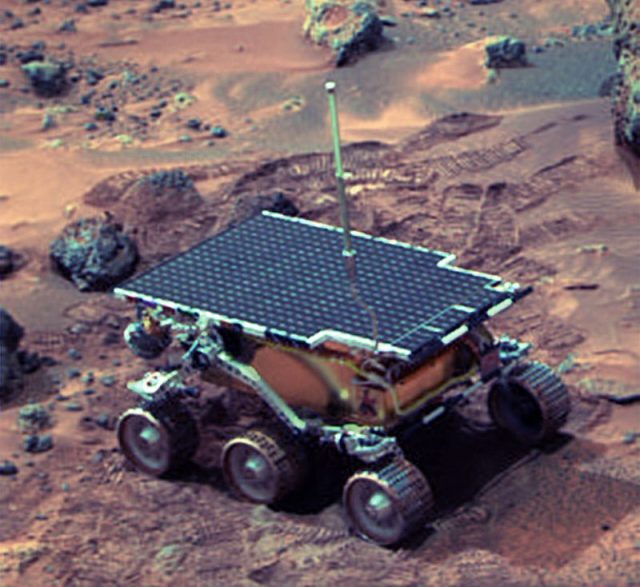
However, soon after budding the plant withered away. The problem was the climate of the moon. When the lunar night came, which lasts two weeks, temperatures drop to -170°C.
It didn’t help that during the lunar days the temperature reaches 120°C. Both the low and the high do not allow for life to sustain itself as we know it on earth.
Even though the young cotton plant, unfortunately, did not survive the harsh climate, this was a huge breakthrough in science. The legacy will continue, and the scientists will devise further experiments with improved conditions.
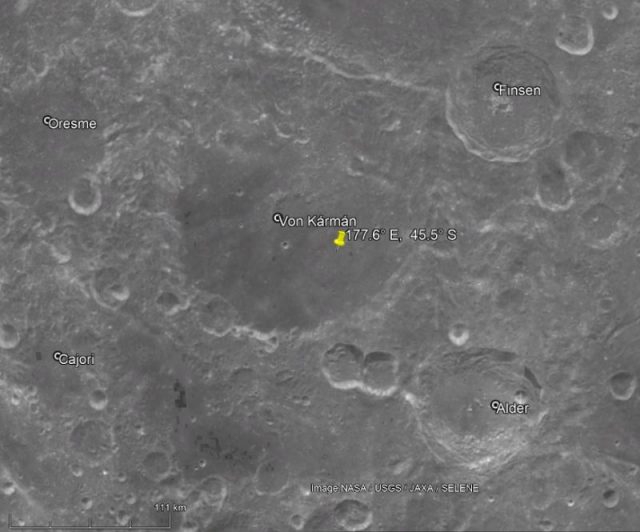
Chang’e-4’s core mission is to gather atmospheric information from the far side of the moon and relay it back to the headquarters in China. The mini biosphere was a competition wining University project.
Read another story from us: Earth has Two More Hidden ‘Moons’ Made Entirely of Dust
However, Chang’e-5 will be launched soon to collect samples from the moon’s surface and return them back to earth. There have been no similar missions since the 1970s. The ambitious Chinese space programme is definitely worth following, it seems as many surprises are ahead of us.
